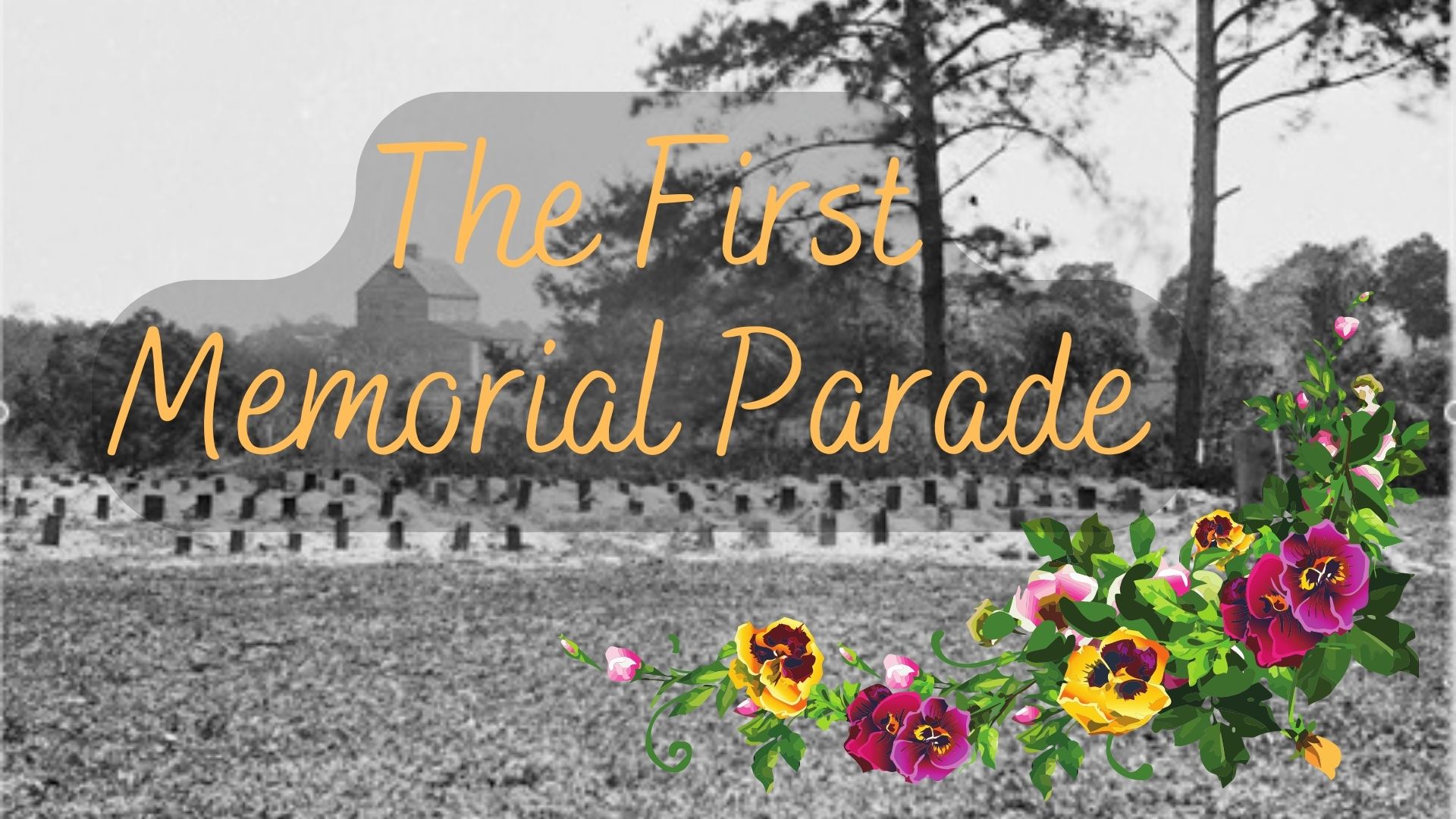The first official national commemoration of Memorial Day, known then as Decoration Day, was held in Arlington National Cemetery on May 30, 1868, to honor the more than 620,000 Union and Confederate soldiers who died in the single bloodiest military conflict in American history. After World War I, the holiday continued to evolve, eventually commemorating American military personnel who died in all wars, including World War II, The Vietnam War, The Korean War, and the wars in Iraq and Afghanistan.
For decades, Memorial Day continued to be observed on May 30. But in 1968 Congress passed the Uniform Monday Holiday Act, which established Memorial Day as the last Monday in May to create a three-day weekend for federal employees. The change went into effect in 1971. The same law also declared Memorial Day a federal holiday.
Although many localities have claimed to originate Memorial Day, in 1966 the federal government declared Waterloo, New York, as the “official birthplace of Memorial Day”. However, a remarkable 1996 discovery in a dusty, uncatalogued Harvard University archive suggests that the first true memorial dedication and parade took place in 1865 in Charleston, SC. Author and historian David Blight reveals this remarkable discovery in his book, “Race and Reunion: The Civil War in American Memory” (2001), based on previously undiscovered reports in the New York Tribune and Charleston Daily Courier.
During the Civil War, the elite Washington Race Course in Charleston, SC, was used to incarcerate as many as 700 Union prisoners of war on the one-mile loop of the racecourse grounds. In more than a year, two-hundred-fifty-seven men died of disease and exposure due to the deplorable, open-air conditions in the outdoor prison camp. They were buried in a mass unmarked grave behind the grandstand.
In the Spring of 1865, after the Confederates surrendered Charleston and were replaced by Union forces, newly freed slaves labored for two weeks to exhume the mass grave and give the remains of the Union soldiers proper burial and respectful markers. In April, the freedmen built a fence around the new burial ground, with an arch that read “Martyrs of the Racecourse” to memorialize their sacrifice.
On May 1, 1865, to dedicate this Union Cemetery, a remarkable procession made its way to the site. Ten thousand Charlestonians, most of them Black, marched in cadence to the Race Course burial ground, led by 3,000 children carrying flowers to decorate the newly laid graves. Members of the famed 54th Massachusetts and other Black Union regiments were in attendance and performed double-time marches. Black ministers recited verses from the Bible. The consecration of the graves was followed by picnics on the lawn, marking the day as a celebration of collective independence and family gathering. Though lost to history for 130 years, this celebration was America’s first Memorial Day. The martyrs of the racecourse were exhumed again in 1871 for proper military burials in South Carolina’s national cemeteries at Beaufort and Florence.
Take some time this week and throughout the year to thank those currently in the armed services and to remember and honor all those who have fallen in the defense of our Republic.

